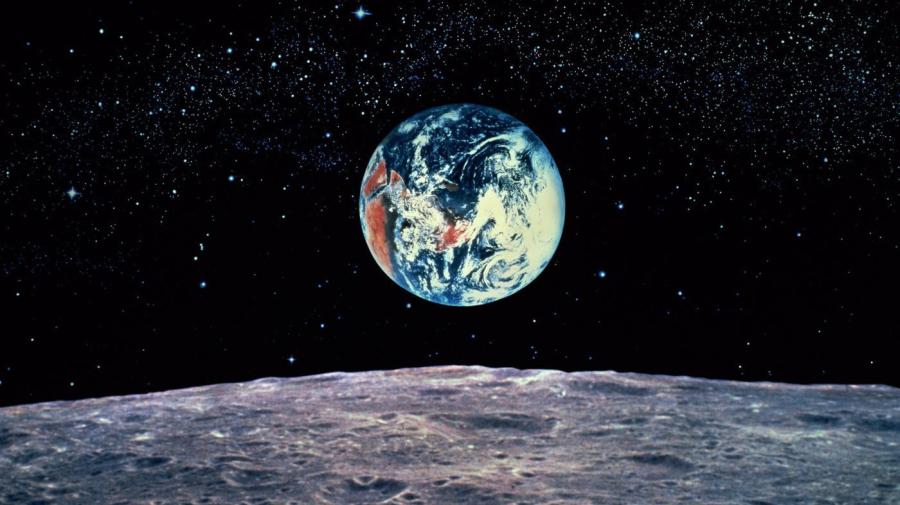Why Is the Moon Not a Planet?

The moon is not a planet because, by definition, a planet is a “spherical ball of rock or gas that orbits a star,” according to About.com. While the moon is a spherical ball of rock, it orbits the Earth and not the sun.
The moon is the Earth’s only natural satellite and the clearest object in the night sky. It is 240,250 miles away from the surface of the Earth and the closest celestial object. The rugged lunar terrain is responsible for the dark and light spots, observable from Earth.
The Giant Impactor hypothesis, proposed after the lunar visits of 12 Americans, posits that during Earth’s formation, a large object approximately the size of Mars impacted Earth at an angle, throwing debris from its mantle and overlying crust to create the moon. The theory teaches that the impactor then melted and joined the cooling core of the Earth to increase its gravitational attraction for the newly forming moon.
The reclassification of Pluto as a dwarf planet in 2006 leaves eight planets in the sun’s solar system. Several of these planets, in addition to Earth, also have moons, with Jupiter and Saturn both having more than 60 moons that orbit them.





